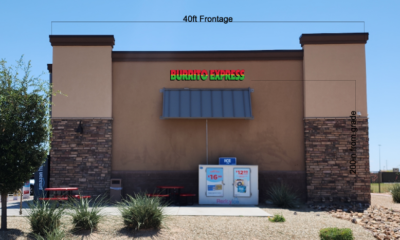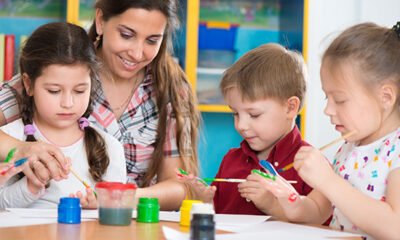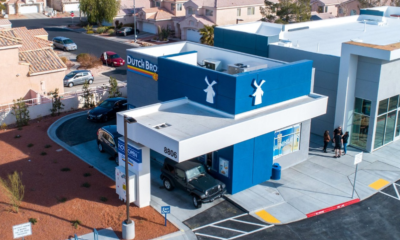Features
Revolutionizing Creativity: The Bold Future of Art

Judy Bruce
The New York Times Well team recently spotlighted exercises aimed at enhancing creativity and curiosity. Tom Wright-Piersanti shared a personal narrative about his father gifting him a drum set at age seven. Rather than feeling anxious, Tom was excited, recalling his own youthful passion for drumming. Although his son spent only 15 minutes with the instrument, Tom rediscovered something within himself. He found joy in playing the drums during mundane tasks like laundry—an unexpected rejuvenation of his creative spirit.
This resurgence aligns with the Well team’s belief that everyone could benefit from more creativity in their lives. Elizabeth Passarella, the mind behind the Creativity, Curiosity Project, emphasizes that creativity doesn’t always manifest in traditional forms. Whether it’s exploring art or improvising in the kitchen, such activities can significantly boost one’s mood and happiness levels.
Research supports this, revealing a strong connection between creativity and improved emotional well-being. Passarella insists that everyone possesses a unique creative flair, whether it’s solving a design dilemma or inventing a playful game for children. While some individuals may exhibit a natural talent, creativity is an attainable skill, fostered through practice and curiosity.
Curiosity itself, defined as a willingness to explore the unknown, is fundamental to creativity. Many view it as being open to new experiences and asking the right questions. As I prepare my upcoming columns, I will outline strategies for overcoming creative blocks and embracing new artistic endeavors. Together, we can explore how to reinvigorate our creative impulses.
Until next time, remember: “You Gotta Have Art!”
















